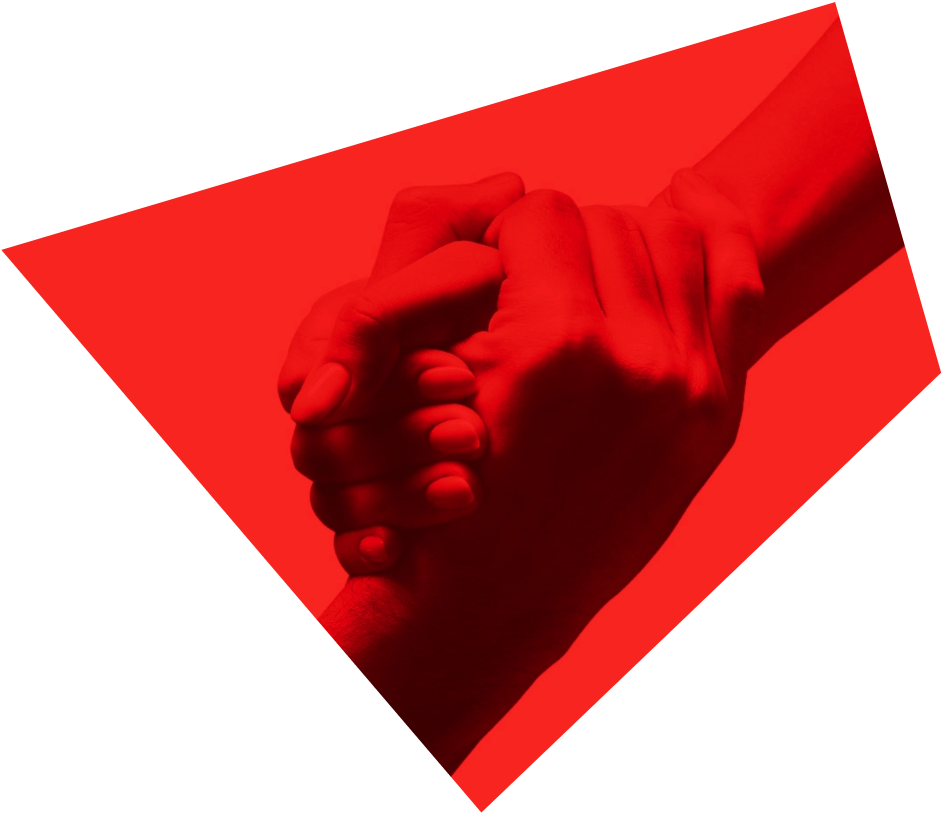The fall of Kabul to the Taliban cast a long shadow across our world last August. No one felt its darkness more acutely than the many brave Afghans who supported, in one way or another, the work of western nations in their country.
Afghan journalists were among those who made an outsize contribution. Reporting on the ground — right up until the fall of Kabul on Aug. 15 — and supporting outlets from western countries like Canada, they played the most visible of roles and, in doing so, put themselves at extreme risk of retaliation and torture.
As Canadians, we owe them an enormous debt. For over a decade, our country and its news outlets worked with these Afghans. They kept our journalists safe and informed, and their contributions helped define our role in the conflict. Simply put, they are heroes.
And yet, right now, tragedy looms over thousands of them. Having escaped or been forced from Afghanistan, these journalists remain stuck in temporary places of refuge in Pakistan, North Macedonia and other “lily pad” countries.
For each of them, the clock is ticking. As their temporary visas expire or death threats metastasize into real, imminent danger, their situations will become dire in a matter of weeks.
Reasonably, they have turned to Canada for support and for a chance to seek refuge in a country that owes them so much. Thus far, we have failed them.
For assorted reasons, the Trudeau government and its representatives recognize this as a vexing situation. Immigration is a difficult file at the best of times, they say. Compounded by a crisis like Afghanistan, it is rife with complexity and practical hurdles.
We have heard the same arguments repeated over again:
Processing visas for this group is nearly impossible. There is an overwhelming demand for spaces in our country. We cannot get funds or support to them in terror-prone regions like Pakistan without circumventing international rules.
That may all be true, but it is high time for the government to look past these issues and act with the conviction and compassion every decent Canadian expects.
After all, these same roadblocks faced governments in the U.S. and the U.K., yet both countries have already found workarounds to carve out unique visa programs for Afghan journalists. Pathetically, Canada has not.
Instead, the government has thrown the mantle to a series of NGOs, veterans’ organizations and private charities.
These groups have done their best to step up. But the reality is, this is a job for government.
Since the pandemic began, we have seen the need for government, especially the federal government, to respond to challenges that only the public sector can address — ones that private citizens cannot.
Now, on an issue directly related to actions taken by our government, Ottawa has had the nerve to ask private organizations to step in. It is simply unacceptable.
Our federal cabinet must find the political will to get this done.
The government should earmark at least 1,000 spaces specifically for journalists and their families. Failing that, they should come up with a workable solution that can be implemented in time to save hundreds of lives.
I recently heard from Shakor Kamran, a journalist forced to leave Afghanistan after reporting on Taliban abuses of power. He spoke proudly of his past work with two organizations focused on strengthening civil society by improving women’s access to health care and education.
I cannot imagine a clearer reflection of what this government calls “Canadian values.”
Journalists like Kamran stood up for those values, and now want the chance to live them. They most certainly have earned that chance.
And after so many years talking about Canada’s gentler role on the world stage and about our support for human rights and press freedom, it is time for our government to walk the walk. These journalists can wait no longer.
